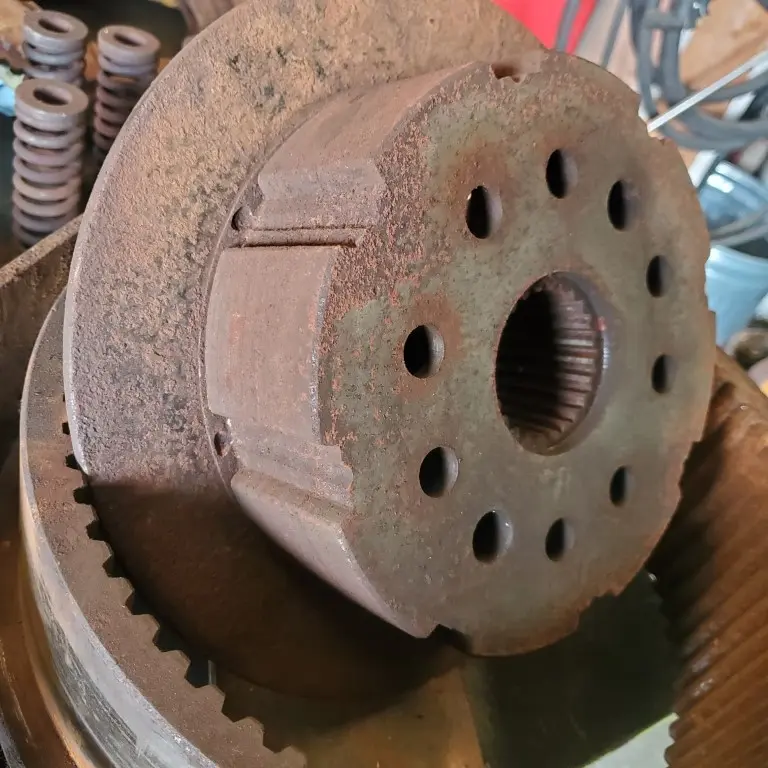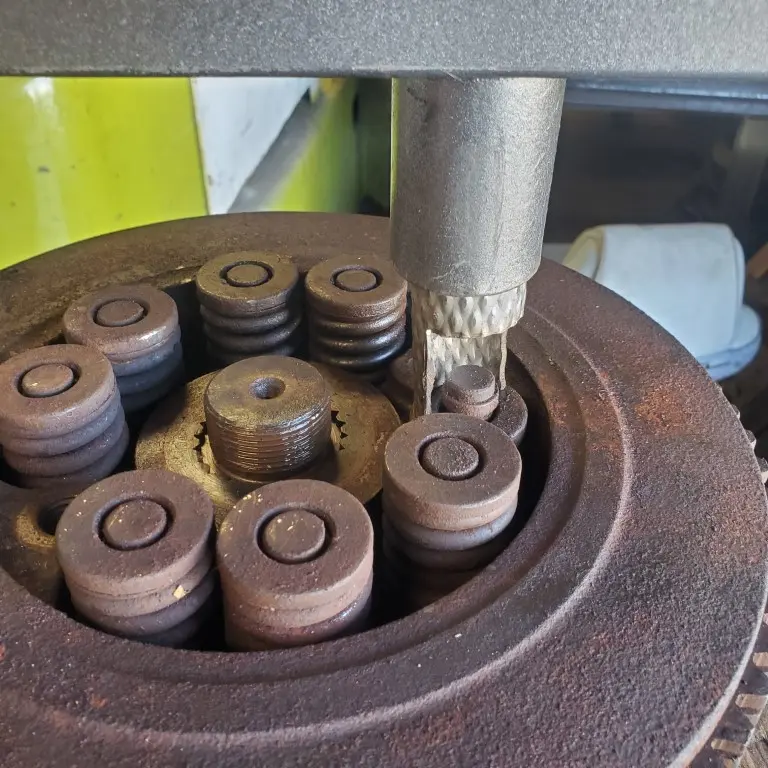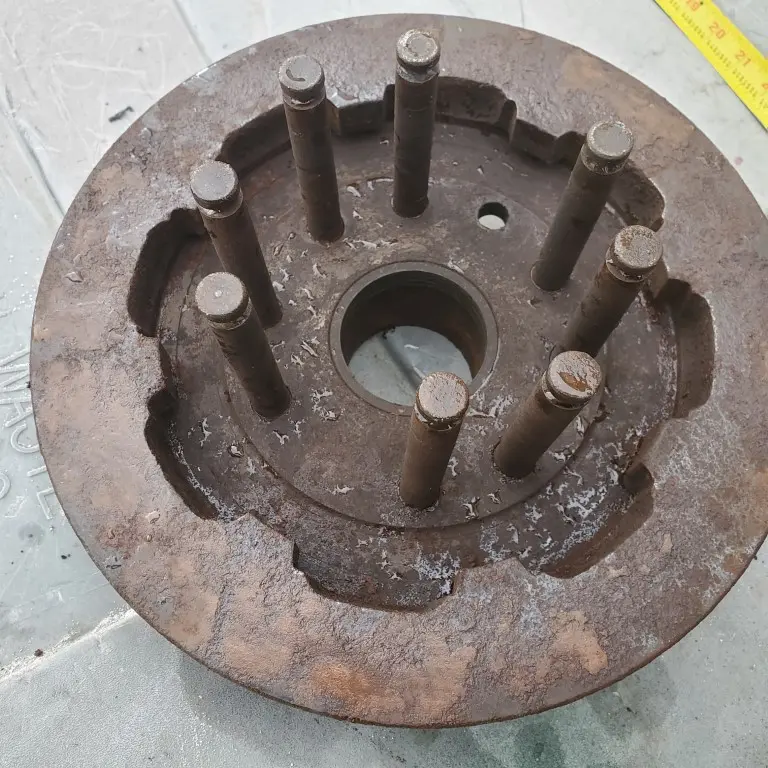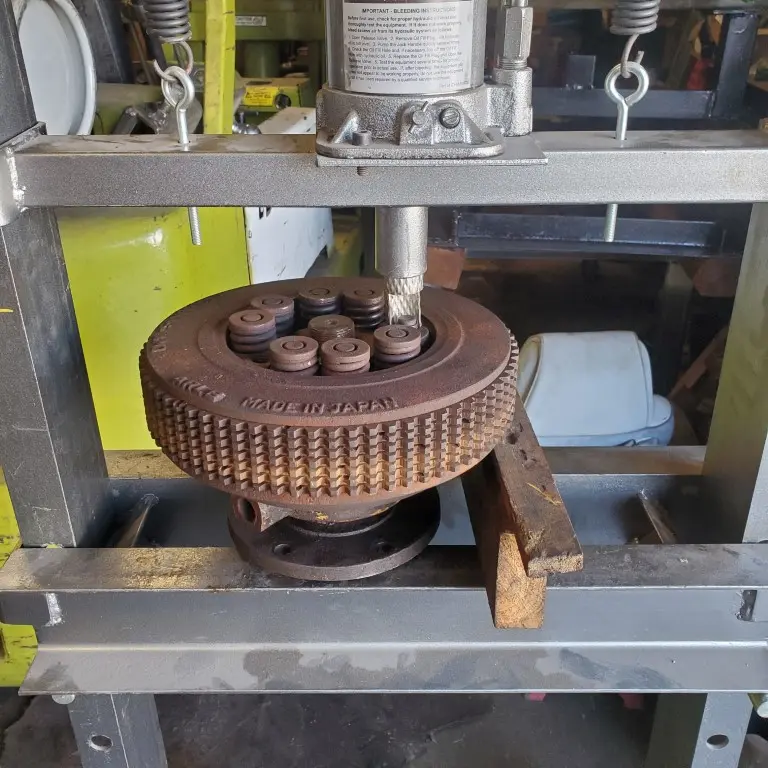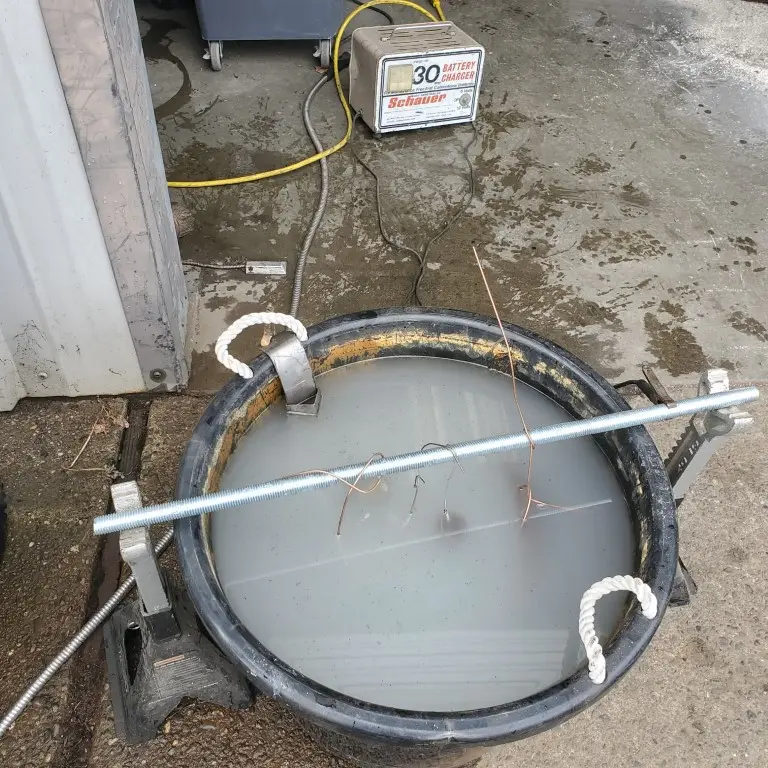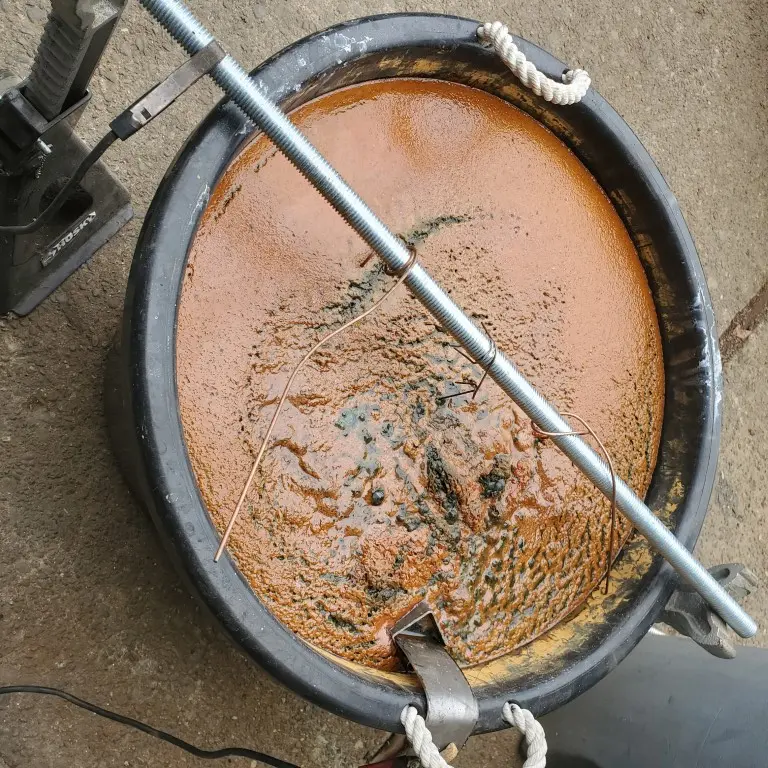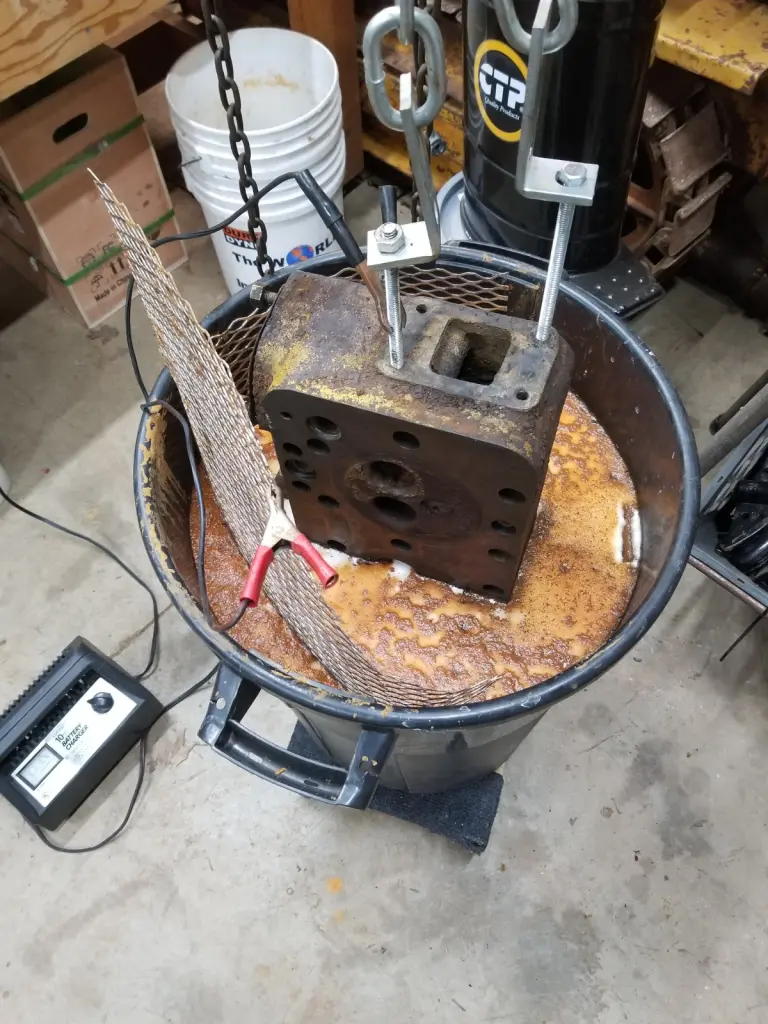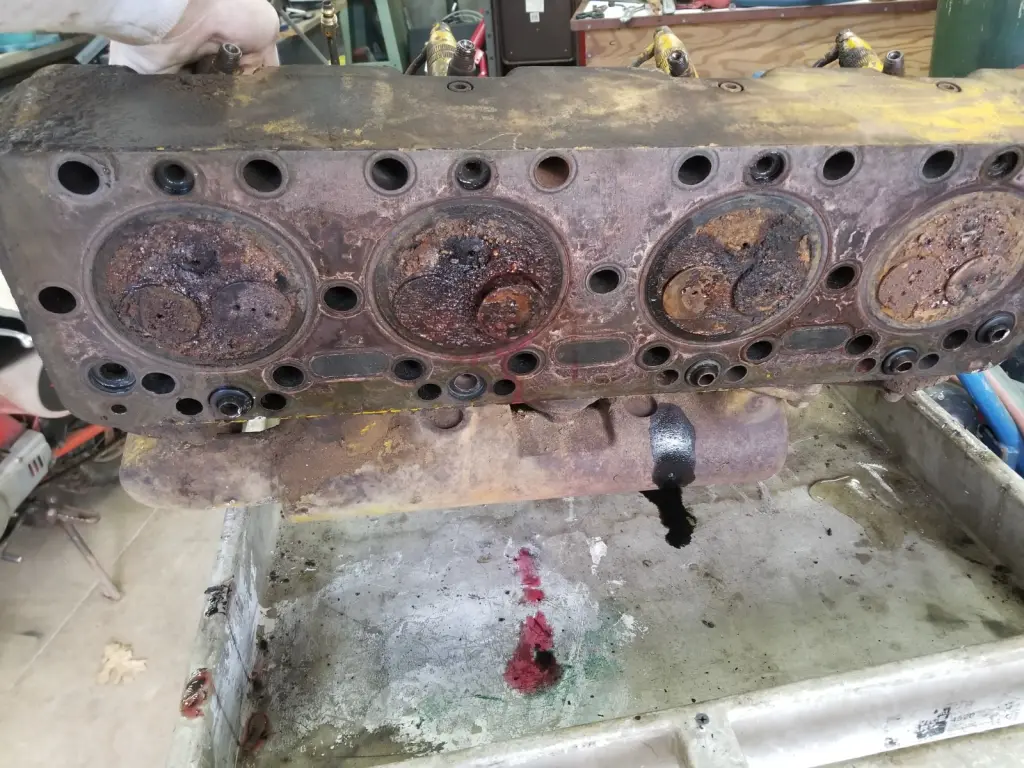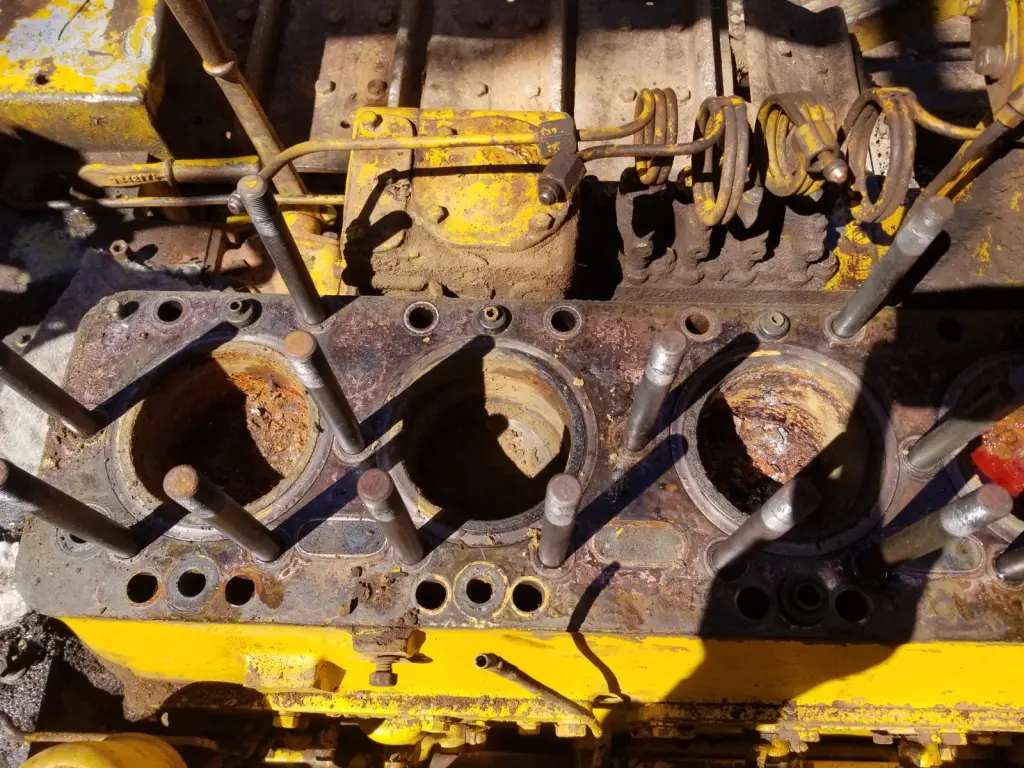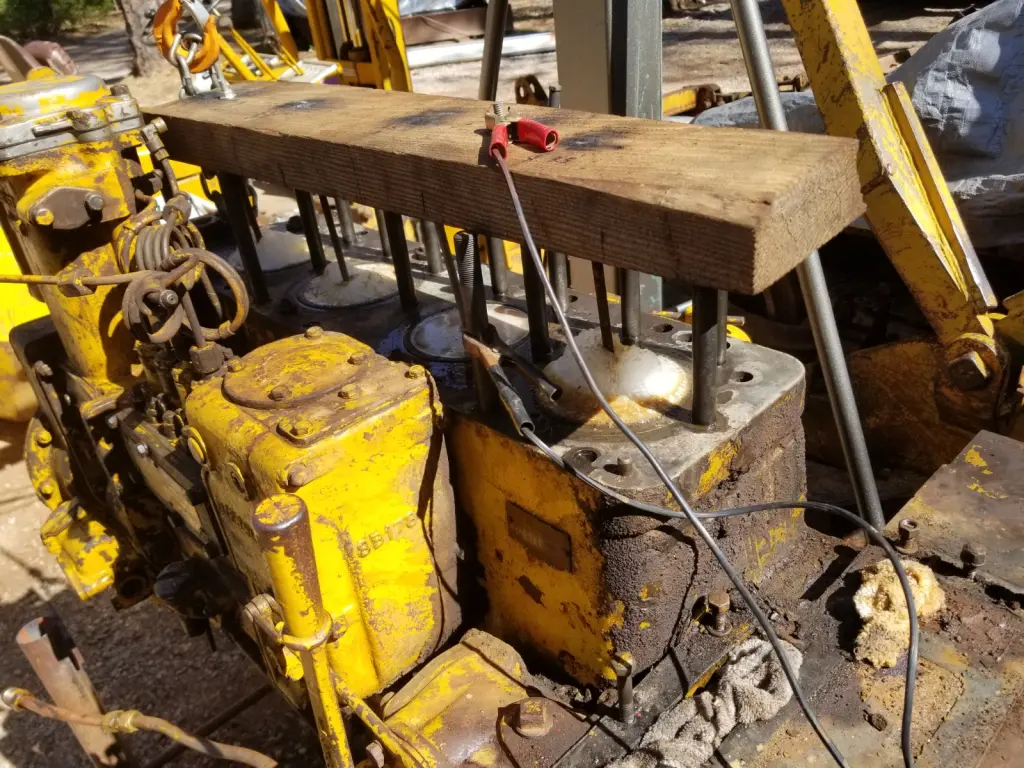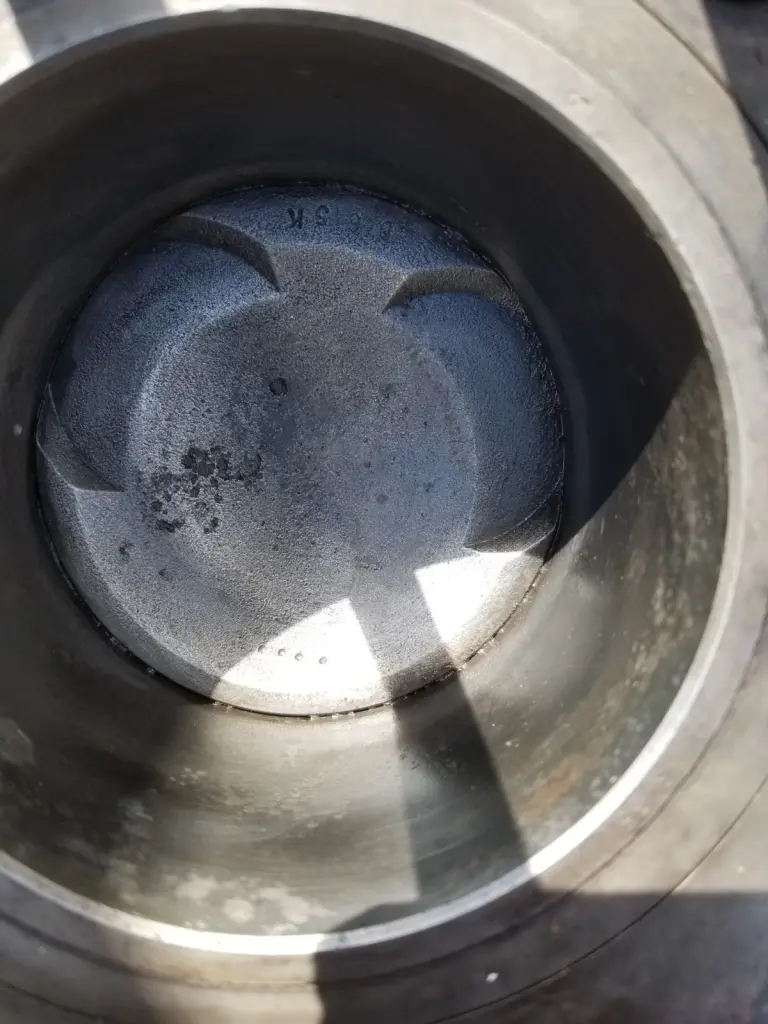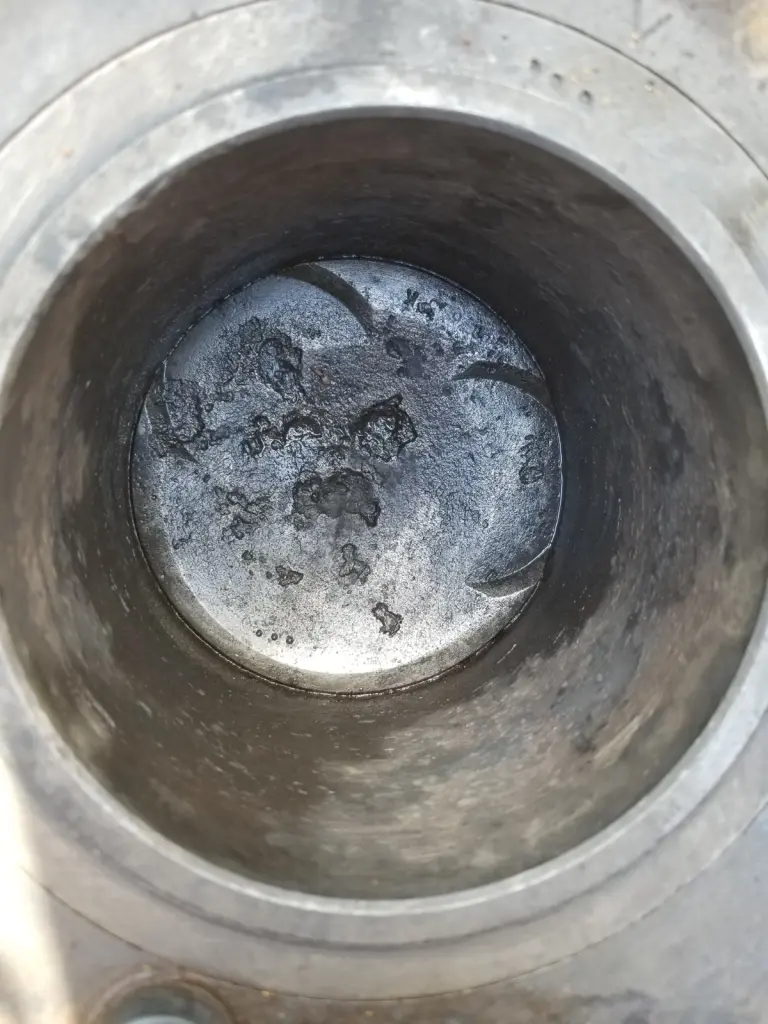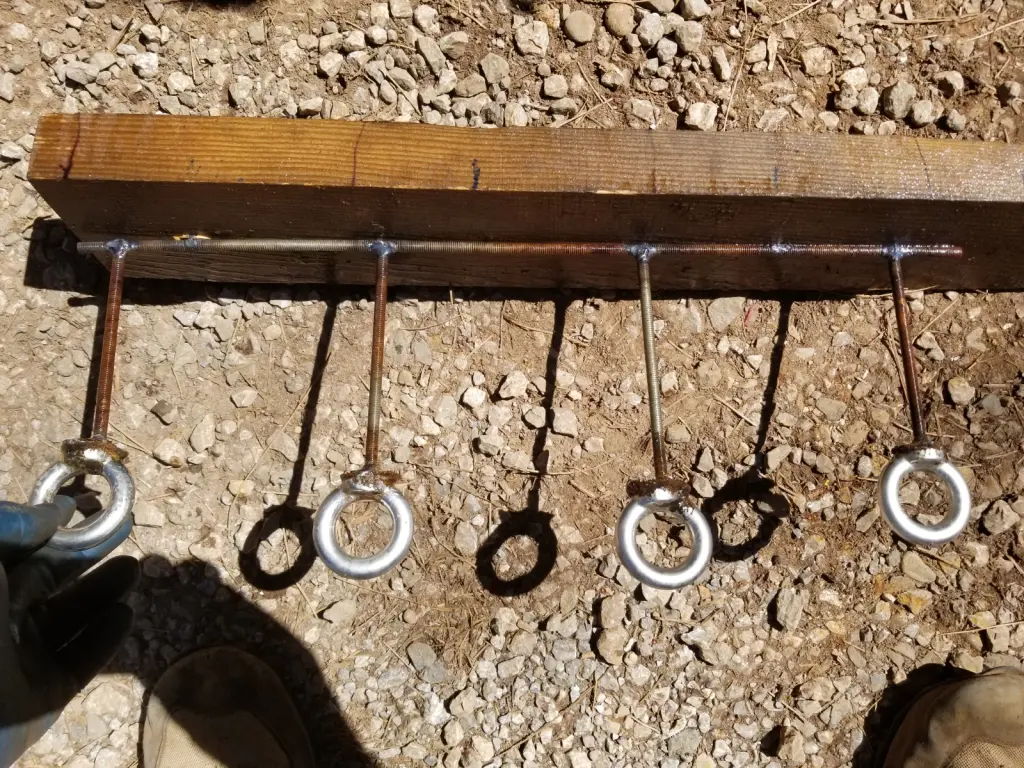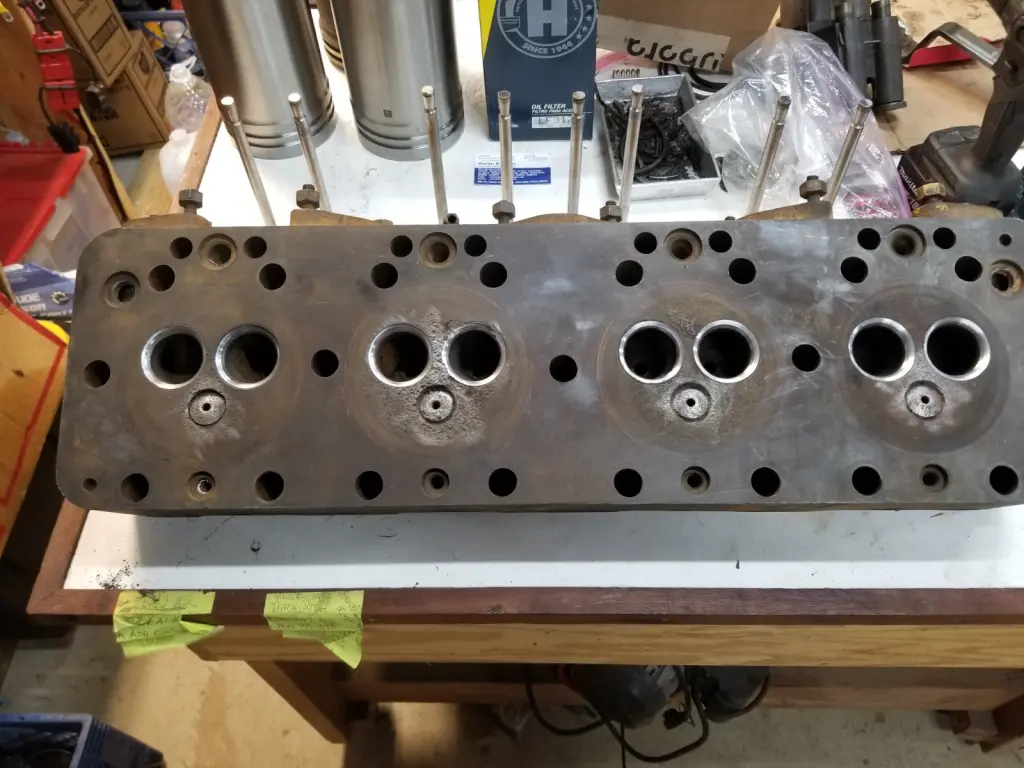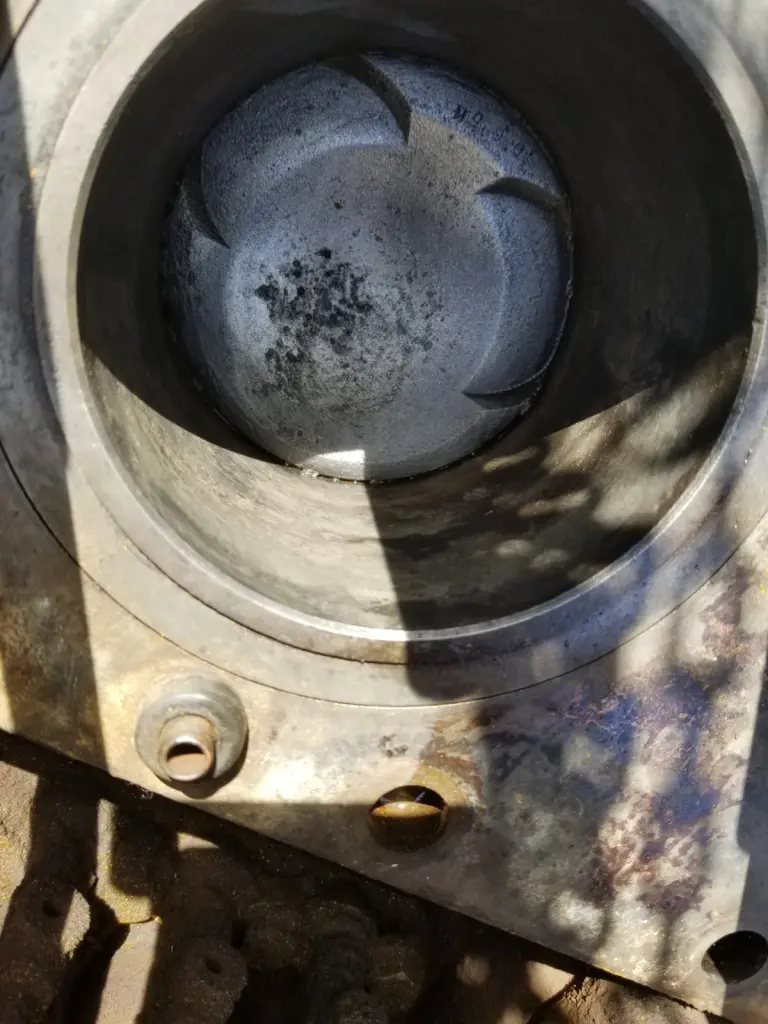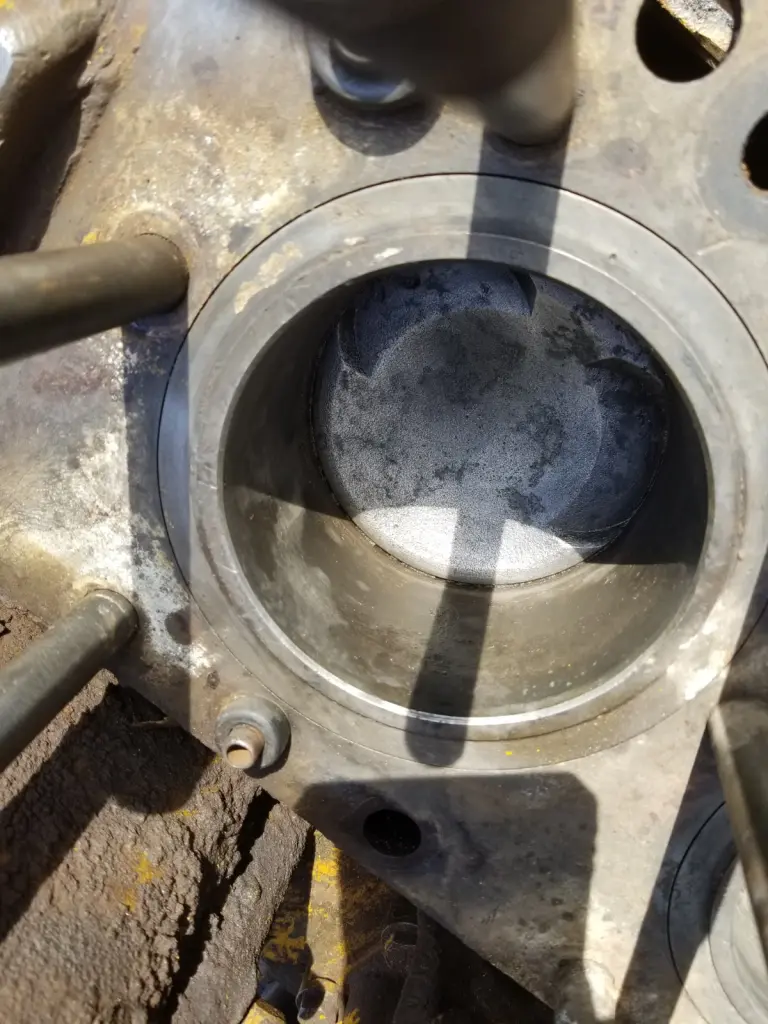Reply to Busso20:
iowahill what is the liquid in the pot to boil the rust off? I have never seen that before, looks like plenty of items to keep you busy on the list of to do.
It's a solution of washing soda/calcium carbonate or baking soda (Arm & Hammer brand in the detergent aisle of your market) and water. 12-volt battery or charger with negative lead connected to the work, and sacraficial scrap steel or iron somewhere else but not touching the work. Google "electrolytic rust removal" and there are plenty of links for setup and process. Here's an excerpt that pretty well sums it up:Electrolysis MaterialsPerform electrolysis in an area with plenty of ventilation since it releases small amounts of hydrogen and oxygen gasses, which could be flammable if they build up.To remove rust using electrolysis, you’ll need:[img]https://d7fcfvvxwoz9e.cloudfront.net/dom43635/wp-content/uploads/2010/12/how-use-electrolysis-2.jpg[/img]
[list]
[*]
Battery Charger: A basic 12-volt car battery charger will do the job.
[*]
Electrolyte: Washing soda (sodium carbonate), such as
Arm & Hammer Washing Soda, is the best electrolyte to add to water to remove rust. It’s sold as a laundry booster, and can be found near laundry detergents in stores — don’t confuse with baking soda (sodium bicarbonate).
[*]
Water: Warm water will dissolve the electrolyte faster, but tap water is fine.
[*]
Cathode Metal: The tool or other metal item you’d like to clean.
[*]
Anode Metal: A scrap piece of iron or steel (not stainless steel). The anode is reusable, but it will be gradually eaten away over time, so don’t use anything important! A piece of steel rebar is inexpensive and works well. Since the side of the item facing the anode will be cleaned faster, you may want to connect multiple anodes together with copper or steel wire or use a piece of sheet steel bent around the item you’re cleaning to make the process more efficient.
[*]
Nonreactive Container: A plastic storage bin or bucket is perfect. It needs to be large enough to hold both the tool and the anode without touching.
[*]
Twine or Plastic Clamps: Used to suspend the tool and anode in the water.
[/list]
The beauty of the process is that it gets into places such as splined hubs that are near impossible to get into with mechanical means. Regards, -Tom
